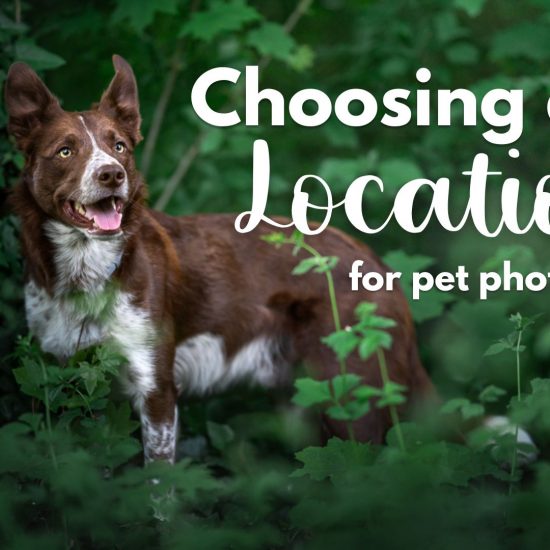Which camera should I buy for pet photography is the question I get asked the most on my social media.
While I don’t like giving specific recommendations because what may be the perfect camera for me, is likely to not be the best camera for you.
Instead, I’ll break down what I look for in a camera, because that will be most useful to you, when you’re wondering which camera for pet photography you should buy.
If you don’t know which features to pay attention to for your specific type of photography, keep an eye out for a future blog post dedicated to just that!
A Short Note on Lenses
Before we dive into camera bodies and camera features, I wanted to make a quick note about lenses.
Many beginners and novice photographers usually spend a lot of time trying to find their perfect camera and completely forget about the lenses.
I recently ran a poll among my students and many have said that once they moved on from the lens that came with the camera, they never looked back. Some have bought a separate lens even though their camera came with a kit one. The kit lenses that come with camera bodies aren’t usually the best quality or best suited for pet photography, so I’d advise you to steer clear.
My advice for you here is the following: When you’re choosing your first (or next, or first real) camera, don’t forget to set money aside for a nice lens.
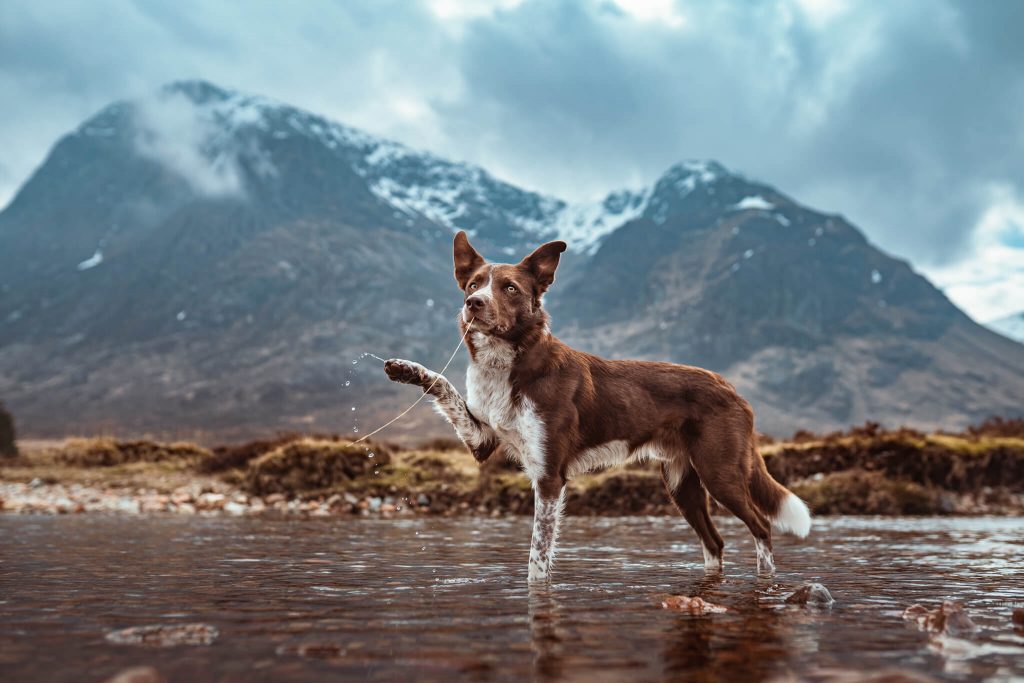
Why I Don't Believe in Beginner Cameras
When choosing a camera for pet photography, we’re quickly overwhelmed with the number of choices we have, but when we know what we’re looking for, the list quickly gets smaller and smaller until we’re left with only two or three options.
The cameras marketed towards beginners will usually lack features, which will make it harder for a beginner to learn and get the photos they want. For example, they might offer a limited number of autofocus spots, have slow autofocus speed, less than ideal low light capabilities, low frame rate counts or even all the above.
Because all cameras are essentially built on the principles of shutter speed, ISO and aperture to create properly exposed photos, I don’t feel like you need a “beginner camera” just because you are a beginner.
I’d rather have you consider what kind of photography you want to do and choose the camera and other gear based on that and your budget. If you’re a beginner and confused about what the appropriate gear is, keep an eye out for a blog post just for you!
Features
All that said, let’s get into the features I personally look for in a camera. They are:
- Size & Weight
- Low Light Capabilities
- Dynamic Range
- Autofocus Speed
- Frame Rate
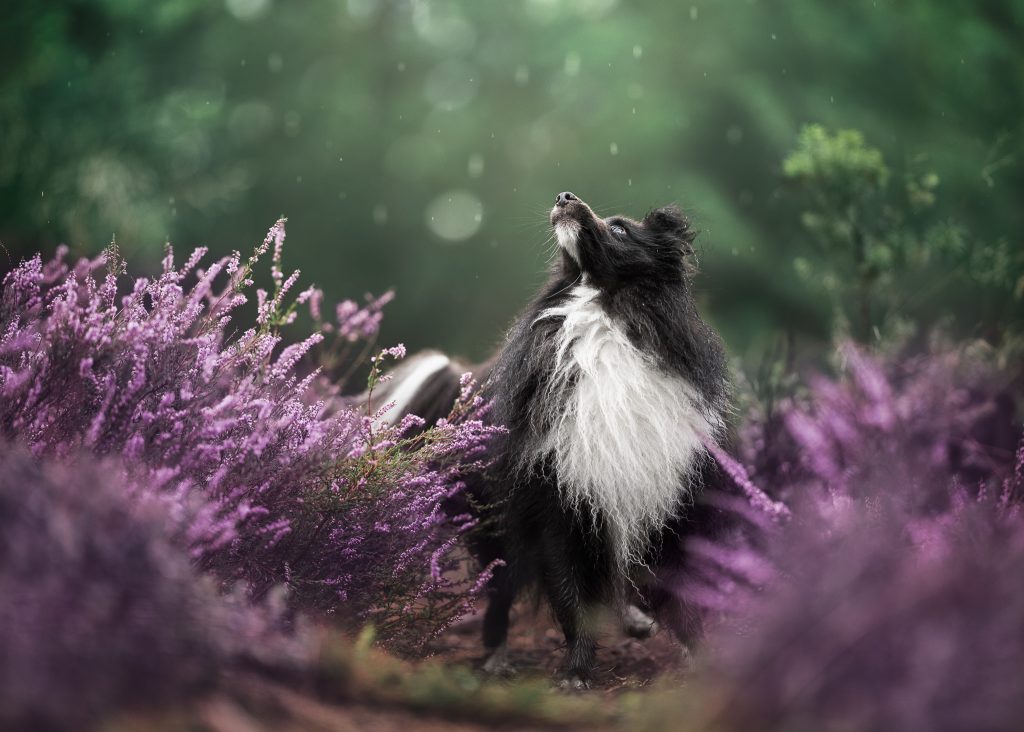
Size & Weight
The first important feature I pay attention to is size and the connected weight. I have small hands and some cameras are just too big and bulky for me to be comfortable. I also mostly take photos outside, in the woods, on a hike, etc. which means I have to carry all my gear in a backpack that gets very heavy, very fast. A DSLR needs to fit a mirror inside the camera body, so it will usually be larger and bulkier than a mirrorless, but that isn’t a hard and fast rule.
Having a camera that’s nice, small and light is perfect for me. I tried a DSLR and found it doesn’t really fit my hands, so my small Sony mirrorless is perfect.
If you were someone who only wants to do studio portraits, you might feel differently and could choose a bigger, bulkier camera if you wanted.
Low Light Capabilities
Another important feature of cameras that I pay a lot of attention to are its low light capabilities.
Because I normally work with natural light and mostly outside in the woods, I need to know that my camera can handle any dusk and dawn photos I throw at it. Backlight is one of my favourite conditions to shoot in and I underexpose my backlight photos quite often maintain detail in the highlights, which means my camera needs to be able to retain a lot of detail in very dark shadows, so I can then bring it back in editing.
To find the information about low light capabilities for any camera you’d want to do a bit of googling, looking at the reviews and comparing them. Some cameras are clearly better at it than others, though. The so-called beginner cameras usually don’t perform that great in low light and at high ISO which makes them particularly unsuitable for my style of photography.
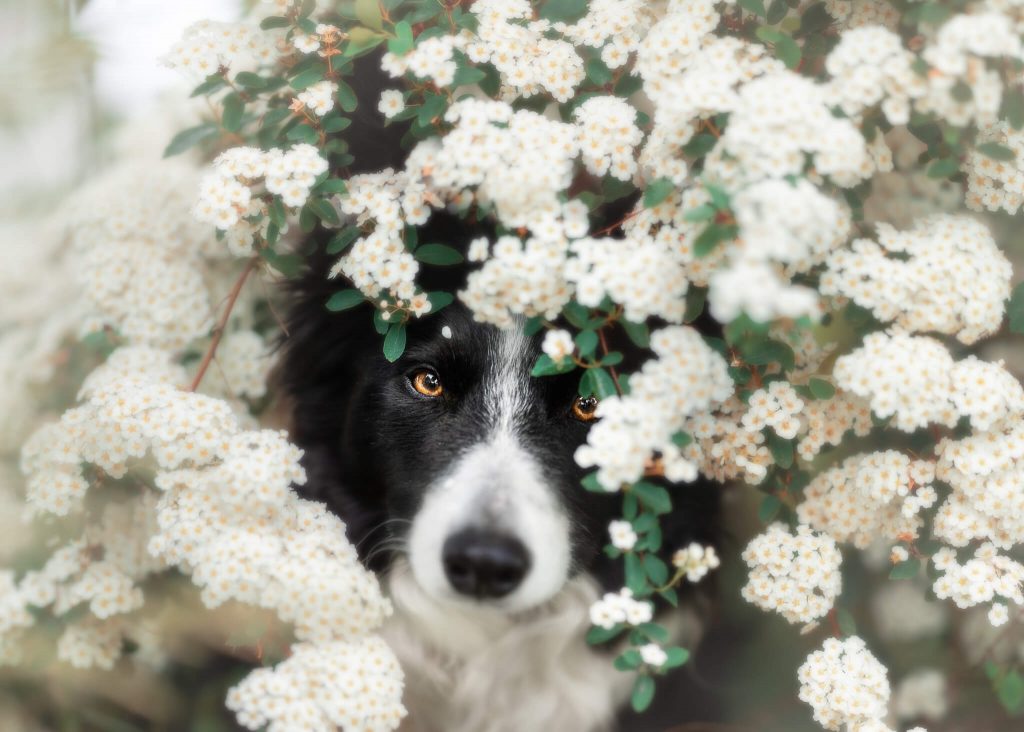
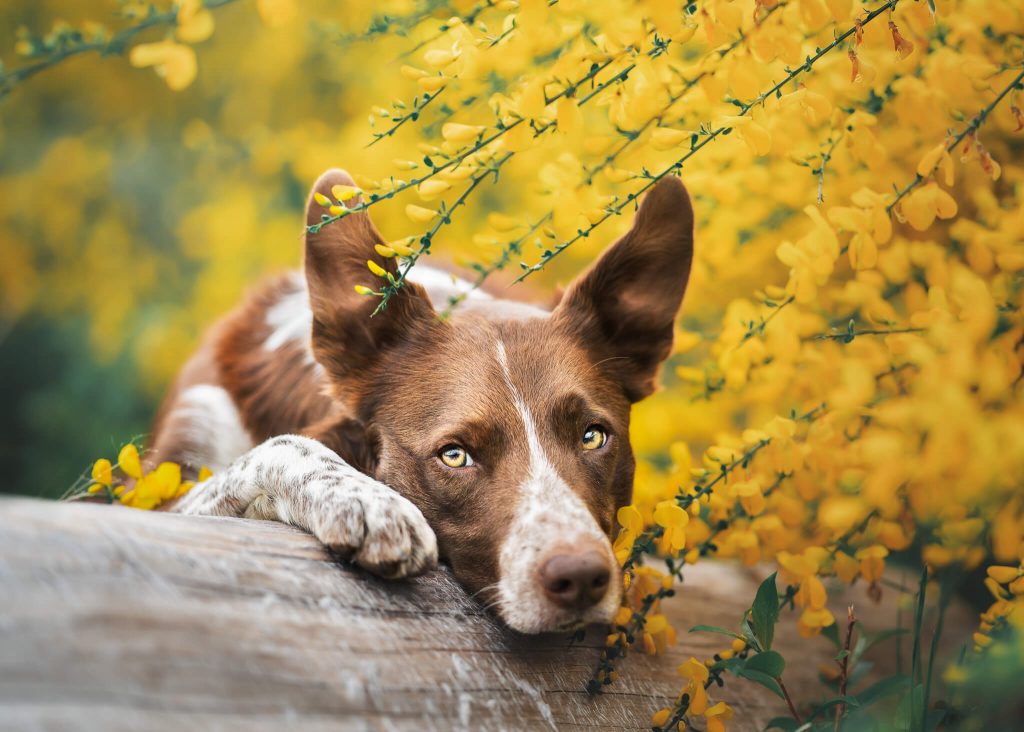
Dynamic Range
Closely connected to low light capabilities is the dynamic range. Essentially, the dynamic range of your camera dictates how much detail your camera’s sensor can capture between true black and true white. This means that the greater the dynamic range of the camera, the better detail retention in the highlights and dark shadows.
Some cameras are better with detail retention in the highlights, some in the shadows. I know that my Sony A7III is great for high ISO detail retention in the shadows which is a great part of why I chose to upgrade to it all those years ago.
There’s also a neat comparison chart where you can compare the dynamic range your camera can capture at a certain ISO setting, for those more scientifically inclined amongst you.
Autofocus Speed
Pets are living, breathing, moving beings. Because of that, even if you get them to stay very still, they might move ever so slightly with breathing, they will shuffle, they will get distracted.
If your camera has a fast, good autofocus system, it will be able to capture and focus on any small movements your subjects might make.
Autofocus is a feature most cameras have today and most of them now use a hybrid autofocus technology of contrast and phase detection autofocus. There used to be a gap between DSLR and mirrorless cameras when it came to autofocus, but as I said, most new-ish cameras today use a hybrid system that will hopefully make sure your photos are nice and in focus.
Action Photography
A fast AF system will be especially important to you if you know you want to shoot action photos. In that case, look into cameras meant for sports photography, but keep in mind that the ‘classic’ action shot of a dog running towards you is just about the hardest thing you could ever ask your camera to do, so don’t get discouraged too fast.
Some cameras that are known to have very capable AF systems include the Sony A9II, A1 and A7III/IV, Nikon Z6 II, Z7 II and Z9, Canon EOS R3 and R5, as well as the EOS-1D X Mark.
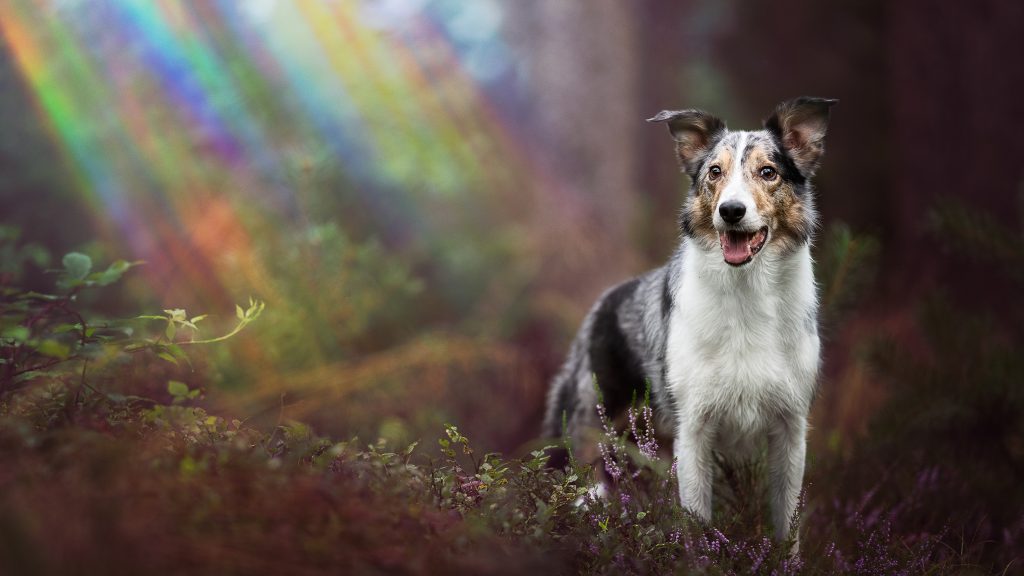
Frame Rate
The frame rate describes how many frames a camera can capture in one second. For DSLR cameras that means flipping the mirror up and back down as many times per second as indicated by the number. In comparison, mirrorless cameras don’t have a mirror, which makes it easier for them to reach higher frame rate speeds.
The number of frames per second is especially important in action photography, where shooting more images can mean a higher chance of capturing the one perfect moment.
Other Camera Features
- Sensor Size: We could discuss the differences between a full frame or a cropped sensor at length, especially now, when cropped sensor cameras have essentially caught up with the image quality of full frame. If you’re a professional, or want to become one, it may be worth investing into full frame, otherwise, just get a camera that’s in your price range and don’t worry too much about it. It’s fine. Really.
- Weather Sealing: Being a pet photographer and working mostly outdoors, weather sealing is a nice feature to have, so I don’t have to worry about every single rain droplet or grain of sand or dust getting into my camera. Not a dealbreaker by any means, but just something that’s nice to have.
- Animal Eye Autofocus: Nice advanced feature to have, but it won’t single-handedly make your photos in focus. Absolutely not a dealbreaker.
- Articulating/Flip or Tilt Screen: Extremely convenient feature to have, especially as a pet photographer, so you don’t have to lie on the ground nearly as often as you’d have to without one. My camera has one and I love it.
- WiFi/NFC and other connectivity capabilities: A nice feature to have for self-portraits, although I usually use my remote now.
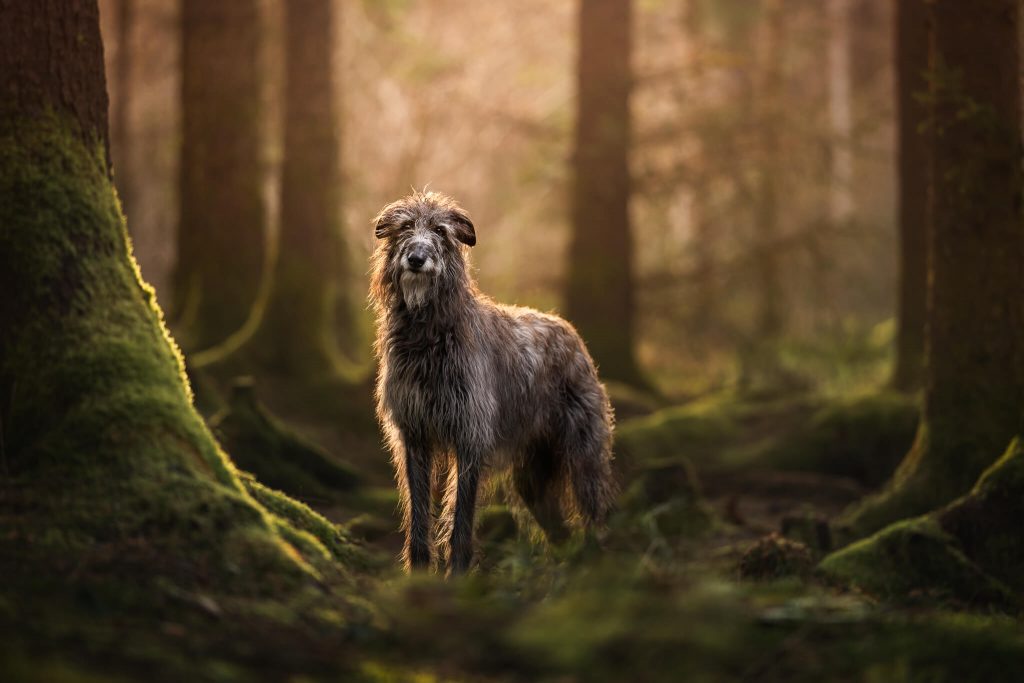
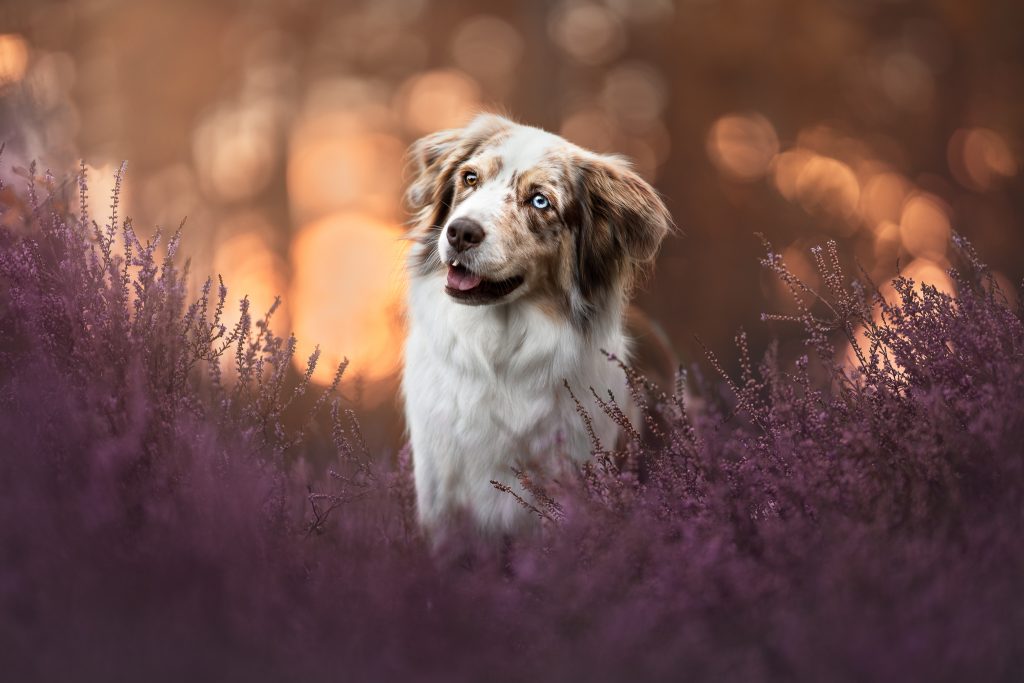
Camera Recommendations
I rarely recommend specific camera bodies because I’m not a camera expert and I haven’t tried every single camera in the world. The list includes models from all major camera brands which I’ve compared according to the features I’ve listed above.
The prices stated are for camera body ONLY and are based on the prices on the website of the German camera shop calumetphoto.de and the German branch of mpb.com. They will vary according to where in the world you are, so take them with a grain of salt.
Under 1000€
If you’d like to stay under a thousand, you’ll probably be looking at some second hand cameras and cameras with a crop sensor. If you’d like to buy used, check out my guide to buying used photography equipment here.
Some new cameras I can recommend that you can find for under a thousand Euros are:
- Sony A6100 (new: 899€; used: not currently available on mpb.com)
- Sony A6400 (new: 1049€; I know, not technically under 1000€, but close enough; used: from 1004€ )
- Canon EOS 850D (new: 849€; used: not currently available on mpb.com)
- Nikon D7500 (new: 1099€; used: 874€)
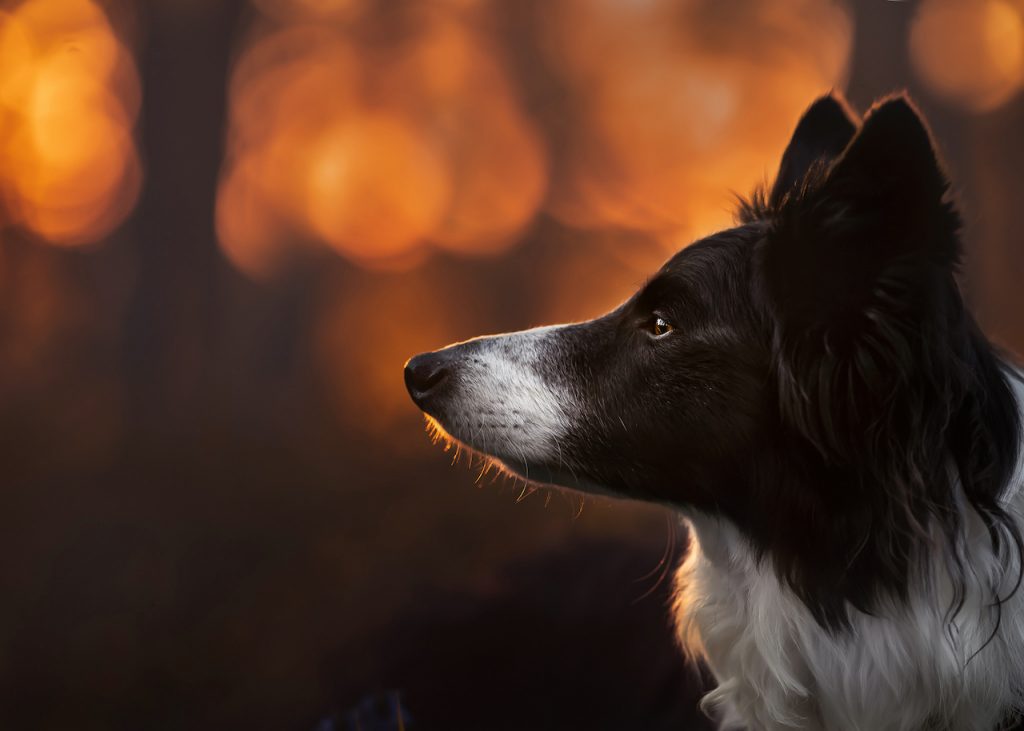
Between 1000€ and 2500€
Cameras I can recommend in the price range between 1000€ and 2500€:
- Fujifilm X-T4 (new: 1649€; used: not currently available on mpb.com)
- Fujifilm X-Pro3 (new: 1659€; used: not currently available on mpb.com)
- Canon EOS R (new: 1799€; used: from 1559€ to 1639€)
- Canon EOS R6 (new: 2499€; used: not currently available on mpb.com)
- Sony A7III (new: 1899€ (currently discounted, original price 2299€; used: from 1859€ to 1959€)
- Nikon Z6 II (new: 2249€; used: not currently available on mpb.com)
- Canon EOS 6D Mark II (new: 1499€; used: 989€)
- Nikon D780 (new: 2399€ (currently discounted); used: not currently available on mpb.com)
Above 2500€
This is quite a broad category, where I could recommend everything from camera bodies that cost around 2500€ and 3000€, or I could recommend cameras that are too much of a camera even for me. I’m sure if you went and bought a Sony A1, Nikon Z9 or any of these extremely expensive cameras, they would do everything you wanted them to and more. The question here is, do you really need them?
Here are some camera bodies you could look for:
- Nikon Z7 II (new: 3499€; used: not currently available on mpb.com)
- Sony A7 IV (new: 2799€; used: 2789€)
- Sony A9 (new: 3899€; used: 2599€)
- Sony A9 II (new: 5399€; used: 4139€)
- Canon EOS R5 (new: 4499€; used: 4119€ – 4329€)
- Canon EOS R3 (new: 5999€; used: not currently available on mpb.com)
- Nikon D850 (new: 2999€ (currently discounted, original price 3249€); used: 2119€ – 2329€)
- Canon 5D Mark IV (new: 2999€; used: 1739 €- 1979€)
If you are a person trying to choose a new camera, I hope this blog post has been useful to you. Keep an eye out on for a similar, updated post about lenses, or check out the one already on the website, it has heaps of really useful information.
Happy hunting for a new camera and happy photographing!
P.S. Have you heard I’ll be opening my Learning Journey soon? Subscribe to my mailing list to get all important updates! Why not pick up my free guide full of pet photography secrets while you’re at it?
Create photos that truly show the pet you know and love
with secrets from a Professional Pet Photographer!
In this free pdf eBook, you will learn exactly what goes into my photography process, so you can confidently take beautiful portraits of your pet.
Thank you!
You have successfully joined our subscriber list.
By entering your details above you are signing up to our email list. We promise not to spam you, and of course you can opt-out at any time. Please check your spam if you don’t receive the .pdf guide within a few minutes!


